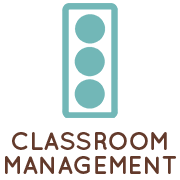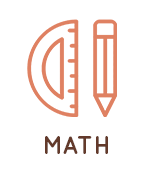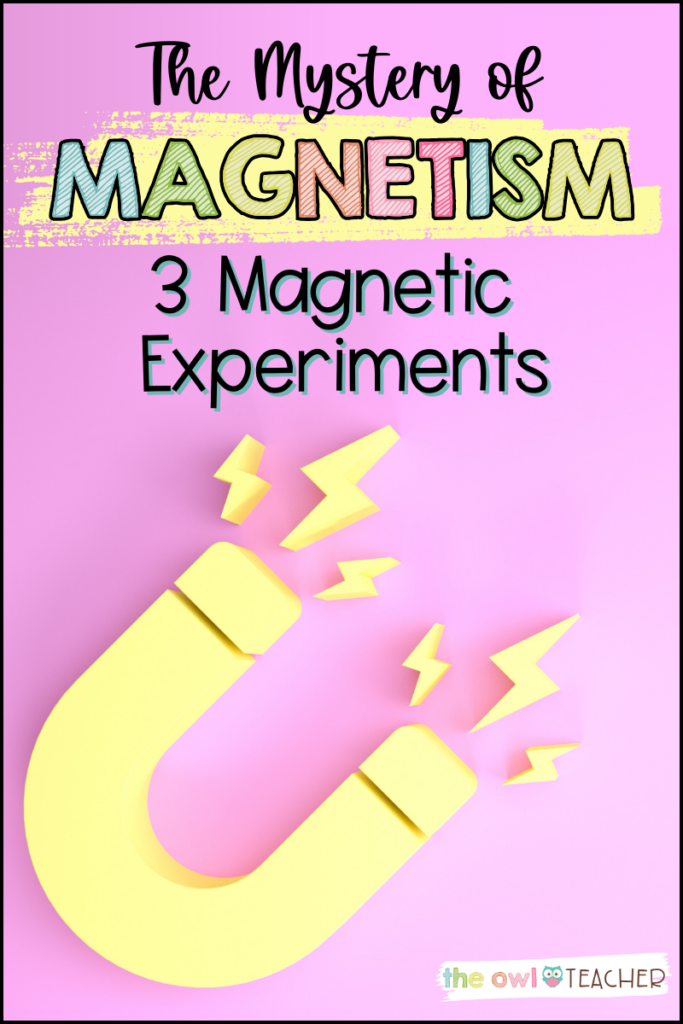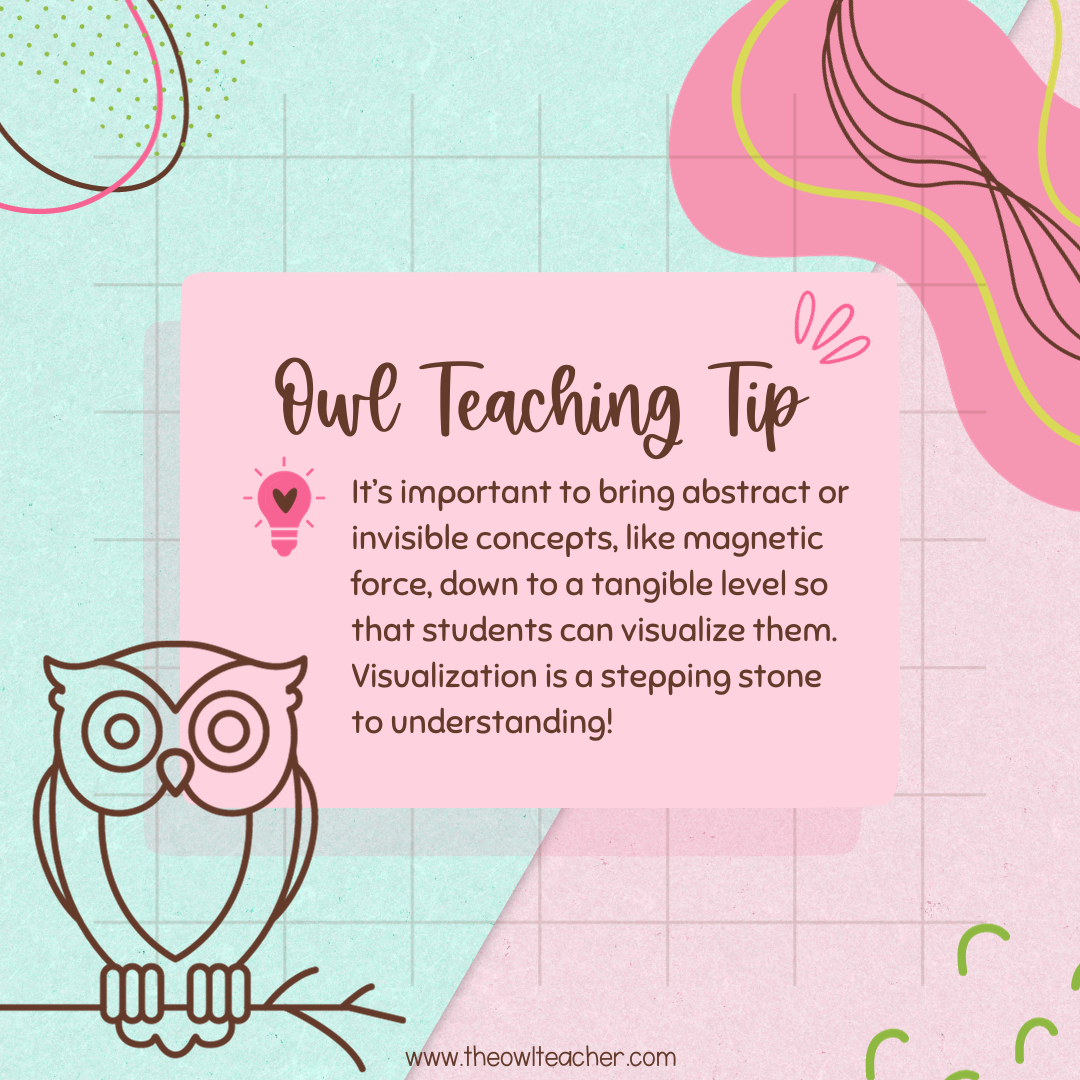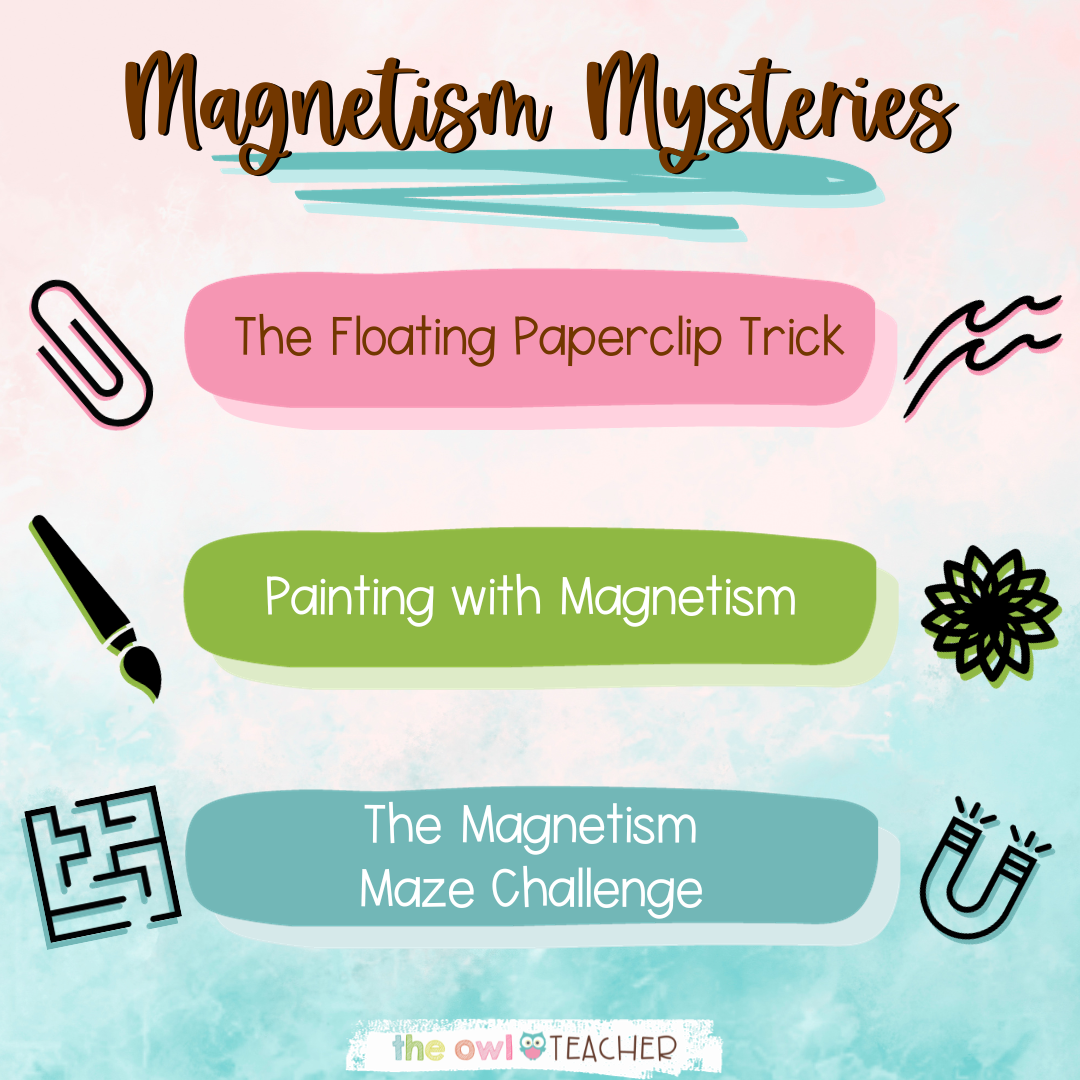Magnets: how do they work?
Okay, well, we actually do have a pretty good idea of how they work… But that doesn’t mean magnetism is any less exciting!
The mystery of magnetism is something that always delights students—and, really, just about everyone else, too! I especially love magnetism units, since they’re more than just a side note of electricity: magnets are like a spritz of magic in the science classroom!
To students, magnetism is a mysterious phenomenon that can take a bit of effort to fully understand. Why do some metals attract one another, while others don’t? If the Earth has a magnetic field, do other planets, too? Can magnets be anything besides metal?
These are just a few of the questions you can anticipate when teaching magnetism in your classroom. After all, magnets have always been a source of wonder and curiosity for kiddos. Their invisible force and the way they can push and pull objects without touching them is almost surreal!
Regardless of however much magnets seem like a magical concept, rest assured that you can help your students bring magnetism down to Earth while still keeping things exciting. Diving into the world of magnets can be both educational and fun, as showcased by three of my all-time favorite upper elementary magnetism experiments!
Check these out—you’re sure to feel the magnetic pull of an exciting, engaging educational journey! 😉
1. The Floating Paper Clip Trick
To introduce students to the concept of magnetism and magnetic fields, let’s start off with something on the simpler side. For this experiment, all you need is a bowl of water, a paper clip, and a strong magnet.
First, fill your bowl with water, then place the paperclip on the surface of the water so that it floats. Now, take your strong magnet and hold it above the paperclip without touching the water. Finally, with a bit of fanciful flair… Move the magnet around above the surface of the water and watch as the paperclip seems to swim around!
While this experiment is certainly on the simpler side, that’s okay—having an engaging introduction to a tricky concept is a great way to start things off! This experiment showcases the strength of magnetic fields; despite the magnet not touching the paperclip at any point, the magnetic force is still strong enough to cause the paperclip to glide through the water.
In addition to being a great way to introduce magnetism to your students, this activity can also lend itself well to student-led inquiry. Have students brainstorm several questions they could ask in order to learn more about magnetic fields, such as “How far away can the magnet be before losing its effects on the paperclip?” or “Would the paperclip still be affected by the magnet if you placed it in a thicker substance, such as syrup?”
Encourage students to think-pair-share these questions as well as potential solutions. Get them thinking about the implications of magnetism and magnetic fields! By building up your kiddos’ natural curiosity, you can help fuel their desire to explore more about this tricky concept. Enthusiastic learners are lifelong learners!
2. Painting with Magnetism
When it comes to magnetism experiments, this one is my favorite, hands-down! Despite my love for art, it’s important to remember that scientific drawings should be kept as, well, scientific as possible. That means there isn’t always a ton of room to integrate art into science… At least, until now!
Painting with magnetism is an excellent way to enrich your science block with creativity while also exploring the lines of magnetic fields. Sounds super fun, right? So… How exactly are we going to paint with magnets?
Well, do you remember the Wooly Willy magnet toys? Launched in 1955, they were an instant hit! Using the magnetic wand, you could draw a mustache, hair, or even a beard on the bald face with a bit of creativity with the iron shavings.
Tammy, your age is showing… Yeah, yeah. Regardless of how old this childhood toy is, the concept behind it is timeless and lends itself well to an engaging magnetism experiment! For this activity, you’ll need a clipboard, a piece of paper, magnetic powder, a strong magnet, and simple paints—whichever kind you like.
First, sprinkle a bit of magnetic powder or iron fillings over a sheet of paper being held by a clipboard. You can find these on Amazon or even at a local hardware store. Then, underneath the clipboard, move the magnet around. Watch as the magnet powder or iron fillings create unique patterns with the power of magnetism!
Once students discover a pattern that they like, they can use paint to trace over the design. Finally, let it dry… And you have a magnetic masterpiece! You can even display these works of art for all to see your kiddos’ scientific prowess.
Overall, this magnetism experiment allows students to visualize magnetic field lines. Obviously, magnetic force is invisible, which can make for a tricky concept for students to initially wrap their minds around. By moving the iron fillings around on the paper, we bring magnetism down to a more tangible level.
3. The Magnetism Maze Challenge
Painting scientific art is an engaging hands-on activity, of course, but if you’re looking for something with more practical use, no worries! I’ve got you covered.
For this experiment, share a magnetism maze challenge with your kiddos to teach the pulling force of magnets! You’ll need markers, a square of cardboard, a paperclip, and a strong magnet.
First, have students use the markers to design a maze on the cardboard square. Next, place the paperclip at the beginning of the maze. Finally, have students swap mazes and use the magnet underneath the cardboard to guide the paperclip through the maze until it reaches the end!
The mazes may take students several attempts to get through, but that’s okay. You can even have groups race one another to see who can win the magnetism maze challenge!
This experiment is exciting, but it also challenges students to think critically and problem-solve. It demonstrates the pulling force of magnets and how they can move objects without direct contact. To explore even beyond these basics, encourage students to ask and answer probing questions, such as “How can we use magnetism to move objects in real life?” or “What magnets do we already use daily?” Making this real-world connection is an easy way to encourage exploration and keep students’ learning relevant. Have them answer the question of “When are we ever going to use this?” before they can even ask!
Ultimately, magnets are more than just decorations for your refrigerator. They’re powerful and, dare I say, magical tools for teaching and learning, especially when it comes to engaging hands-on experiments. These mysterious magnetism experiments are perfect for upper elementary science classrooms, offering students a chance to explore the fascinating world of magnetism in a relevant manner while honing their investigation and critical thinking skills.
Are you ready to share these magical magnet activities with your kiddos? Once they’ve grasped the concept, make sure to check their understanding with these Magnetism Science Writing Prompts! This resource is an excellent way to sneak in a bit of writing and encourage critical thinking via a mini-assessment, a centers activity, an exit ticket, or anything else you need.
Help your students feel the magnetic pull of engaging learning! Do you have any go-to magnetism experiments? What is your favorite way to tie magnetism into your electricity unit? Let me know below!


